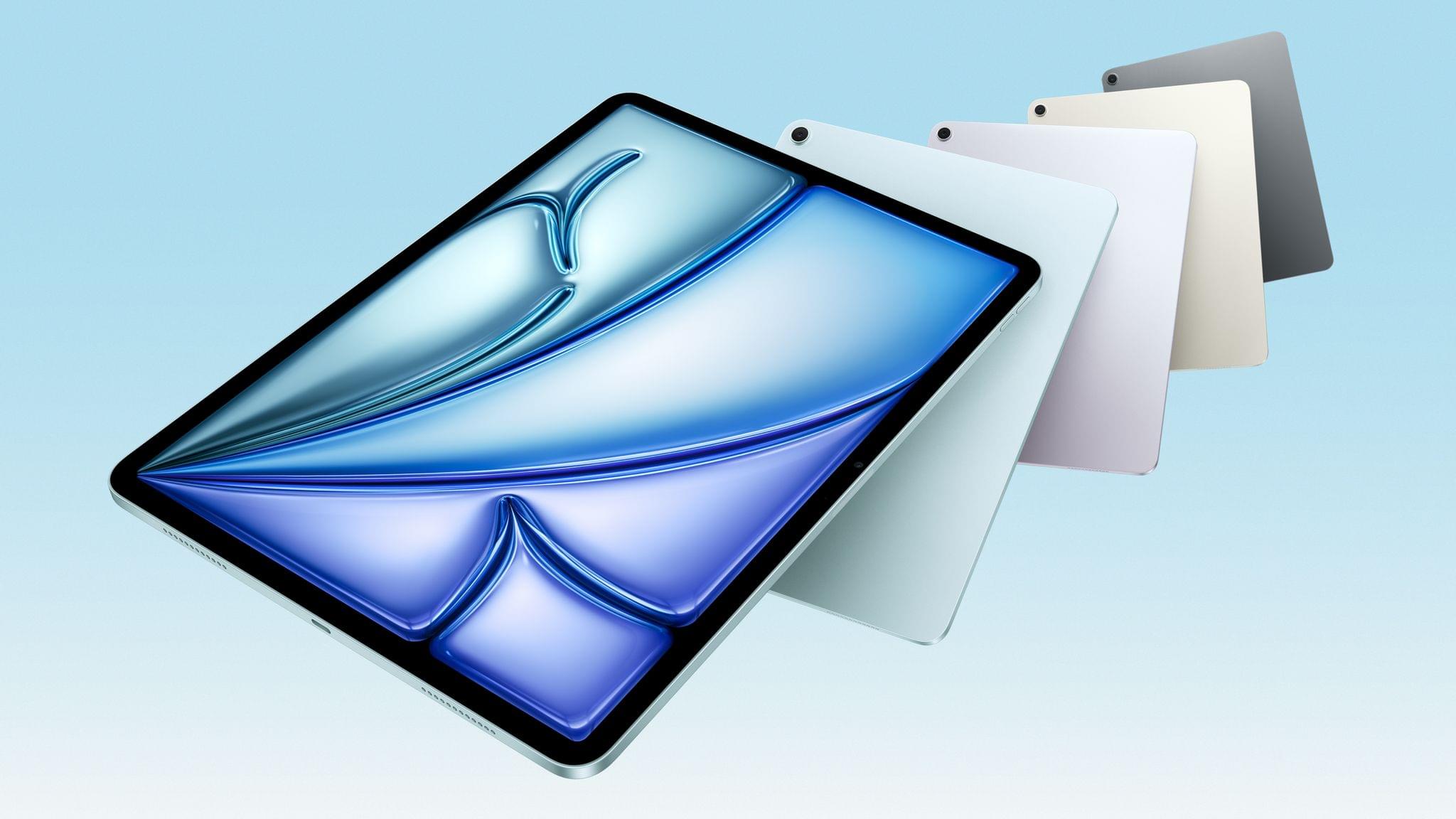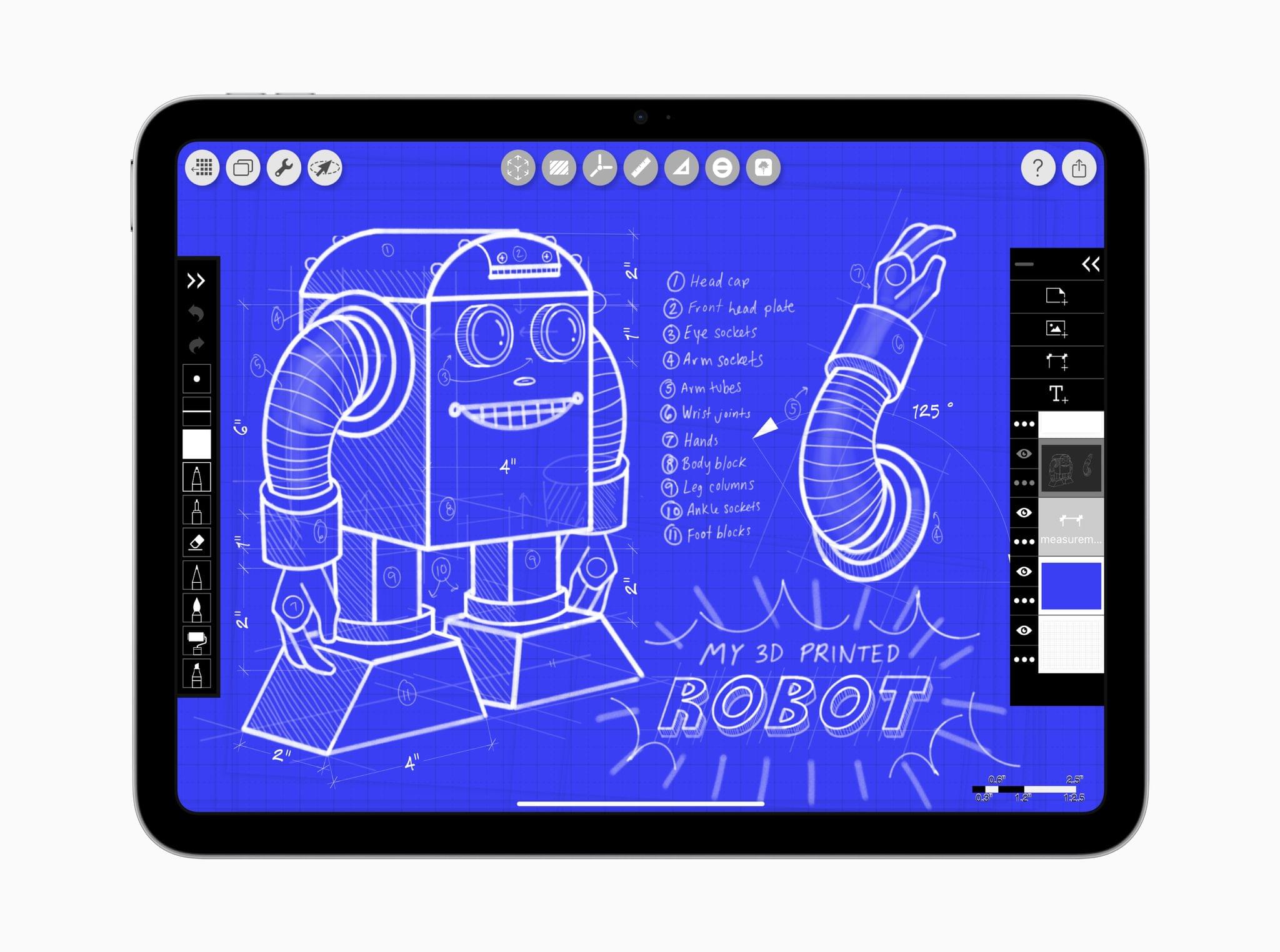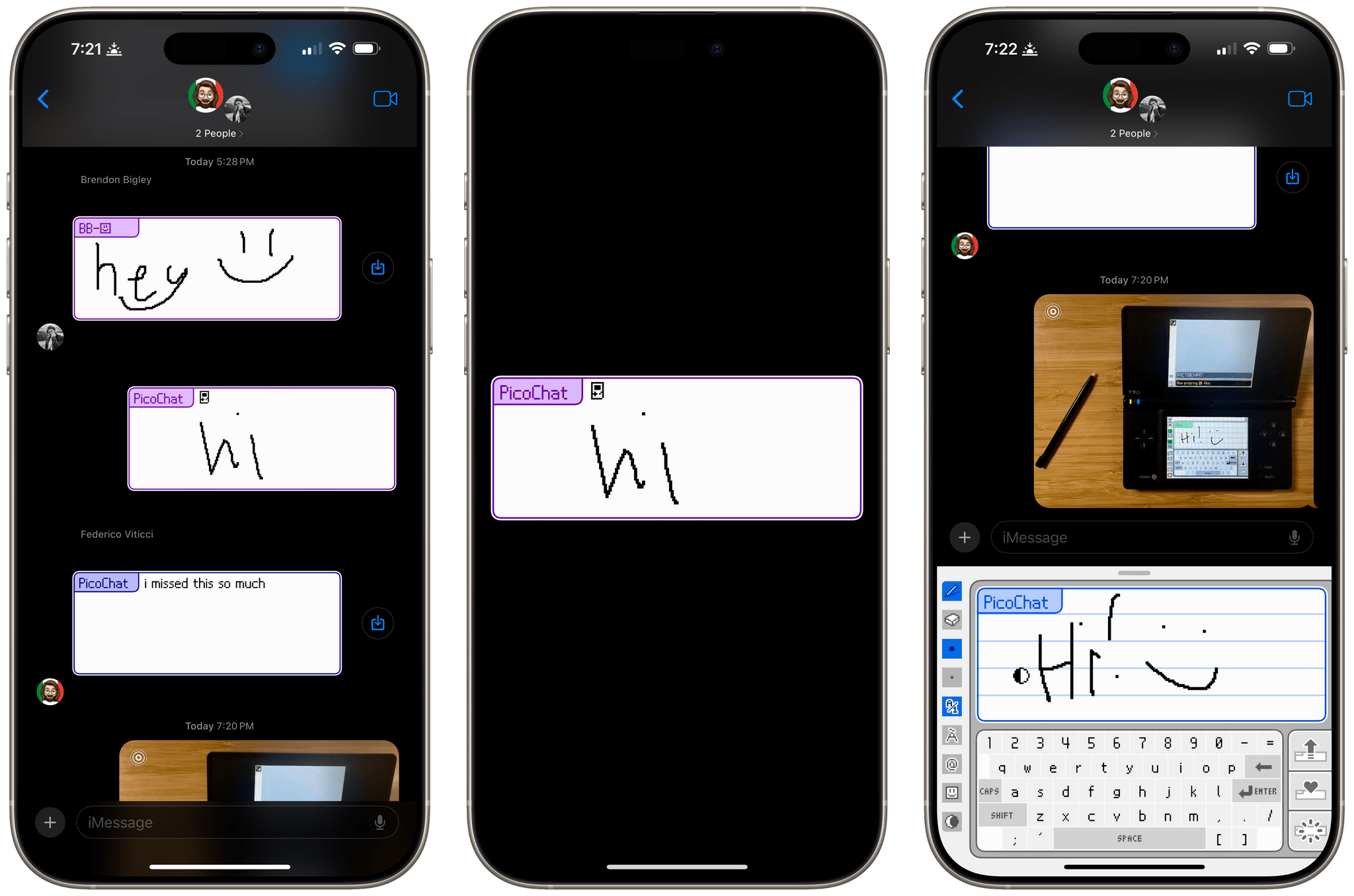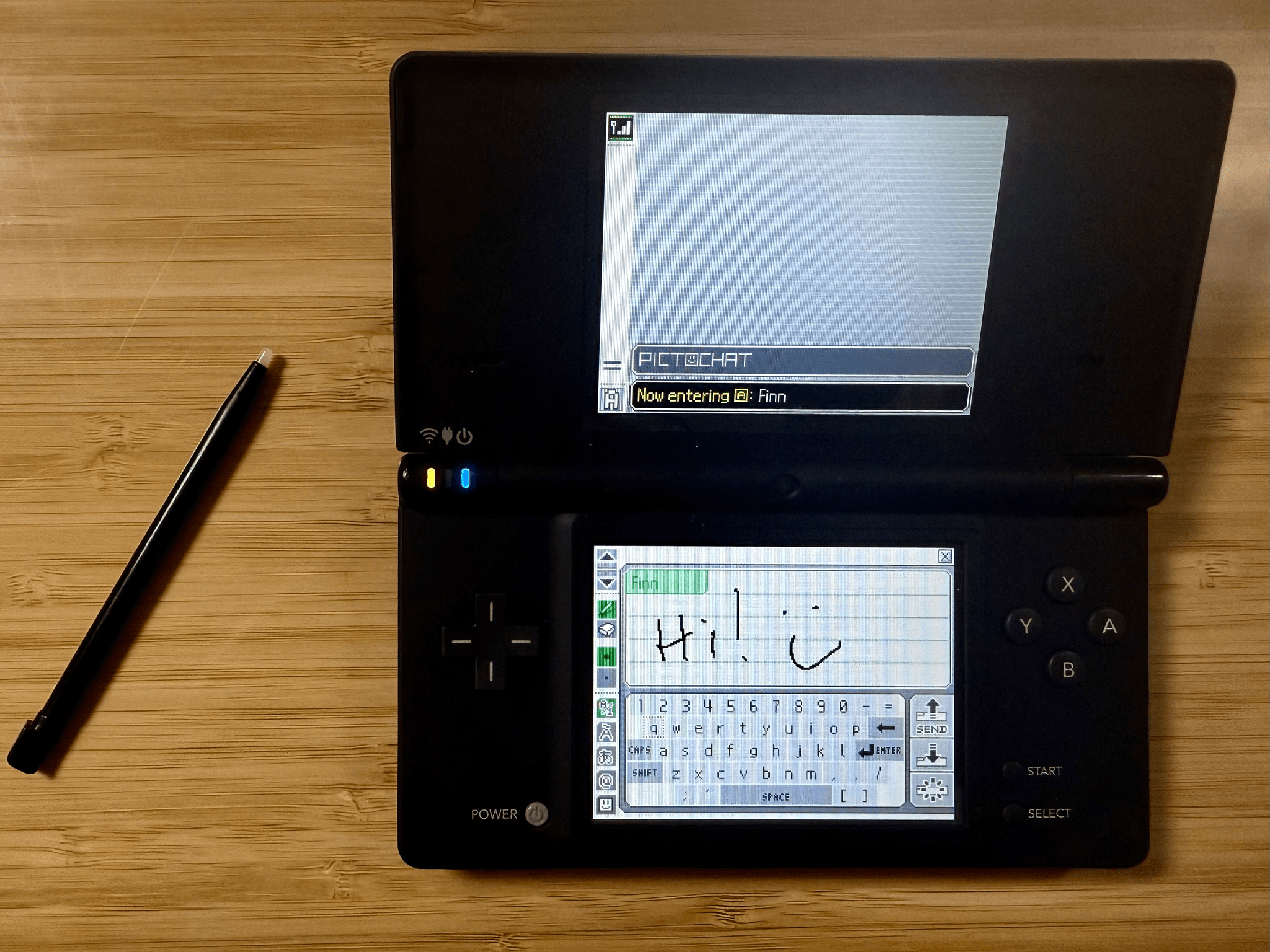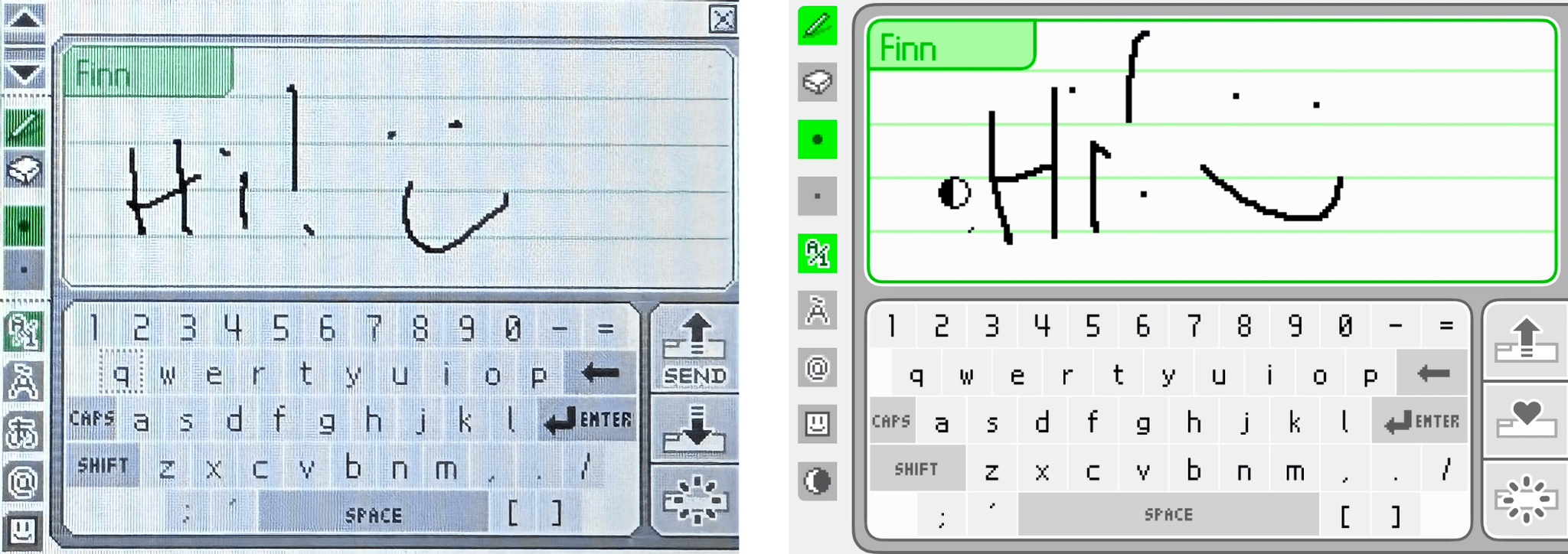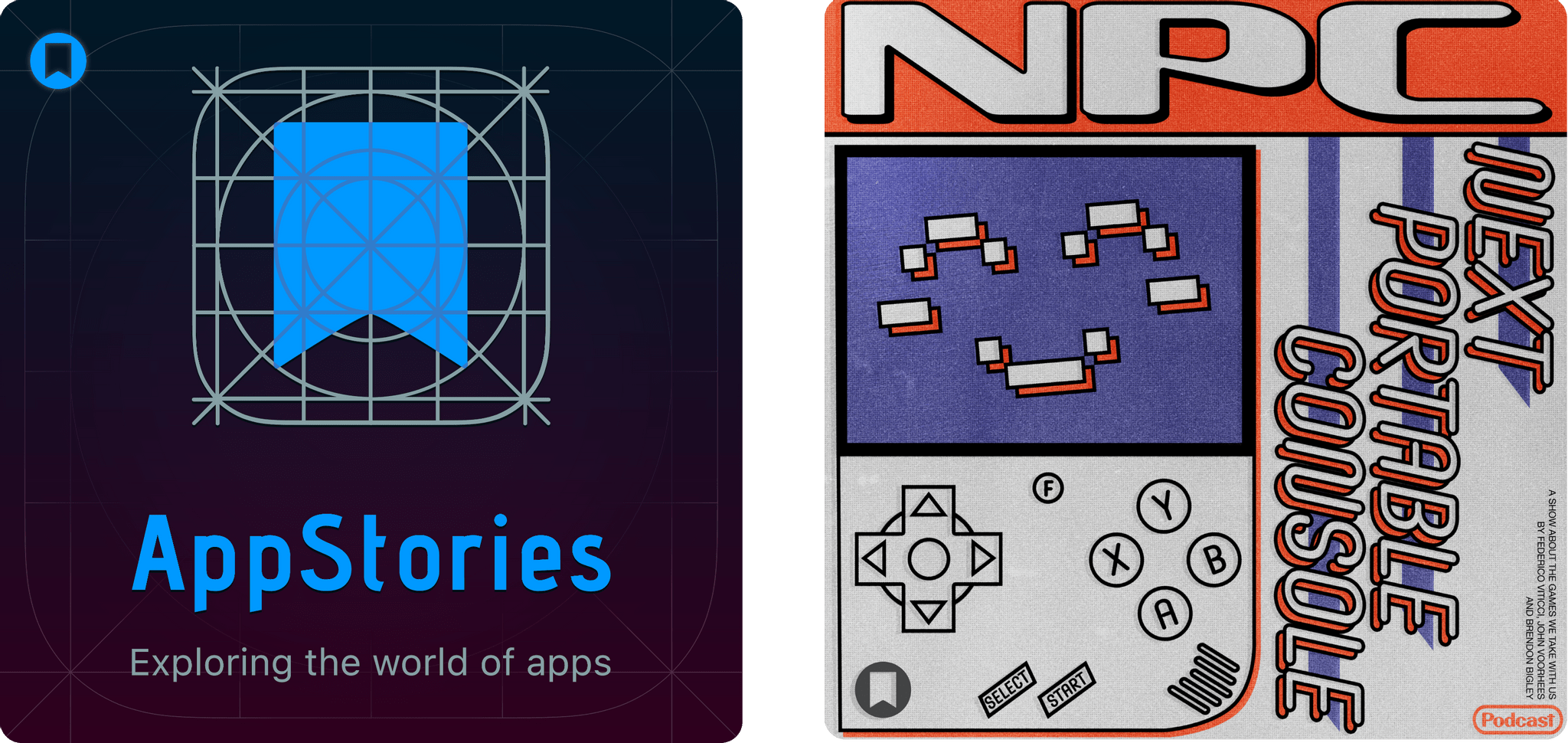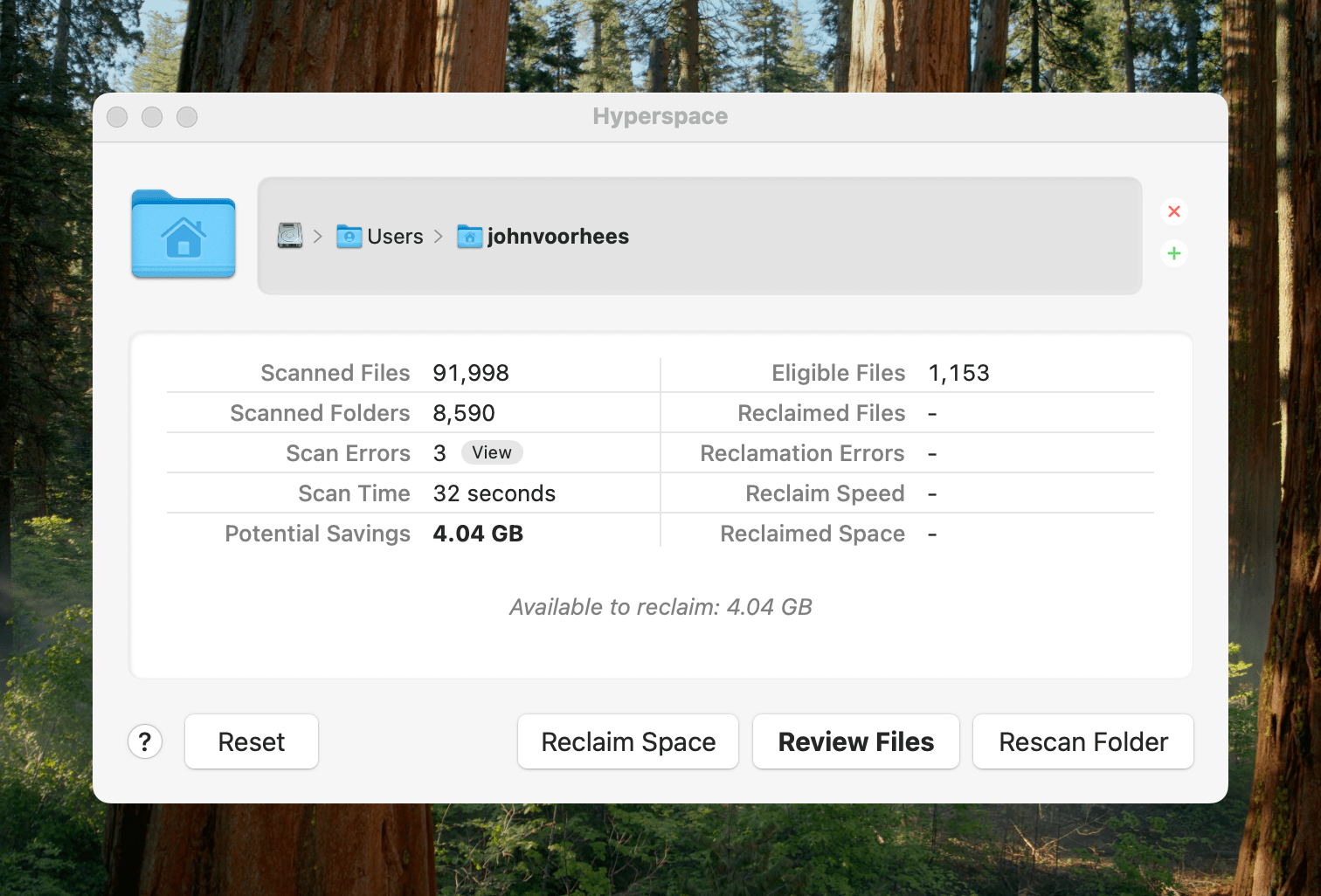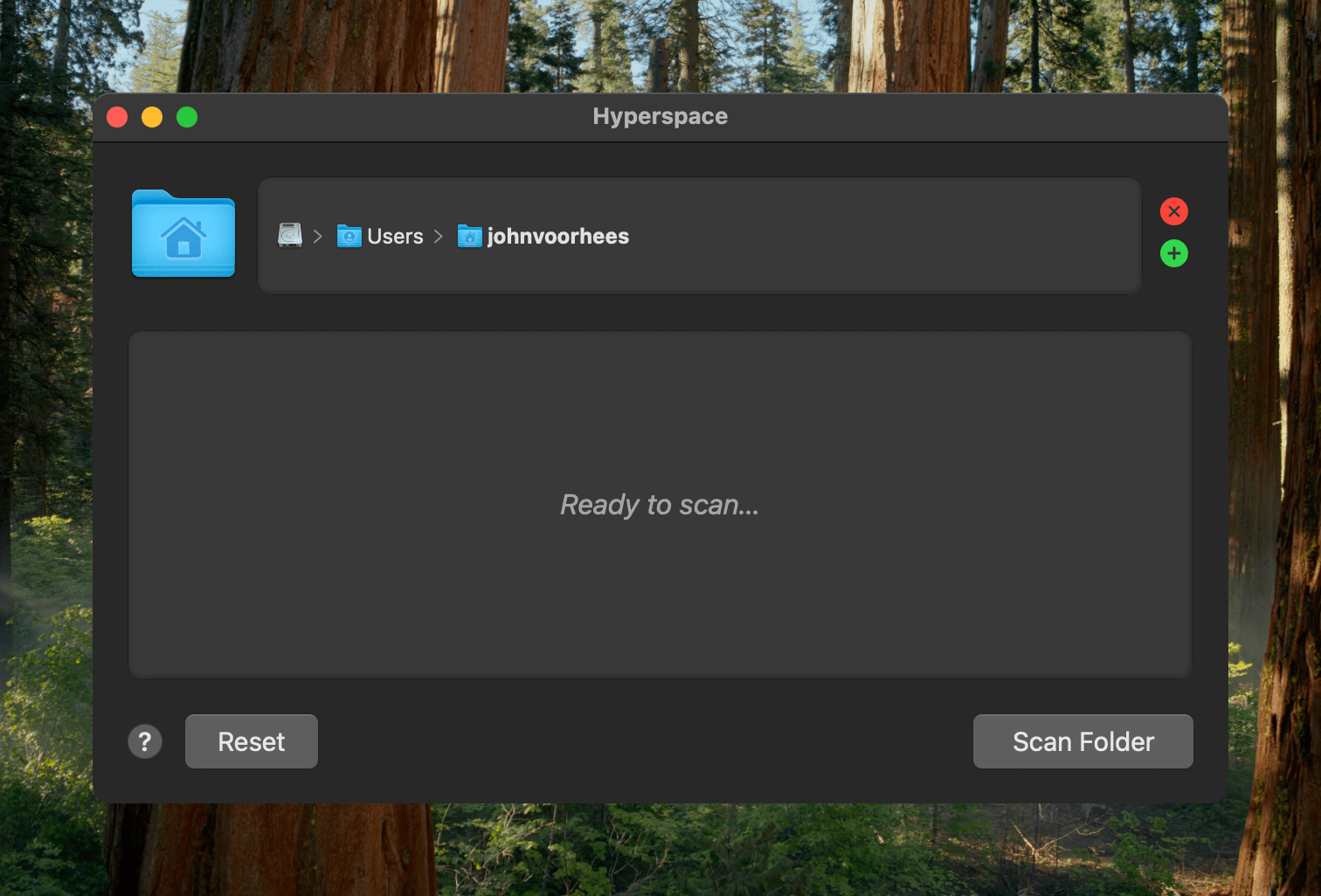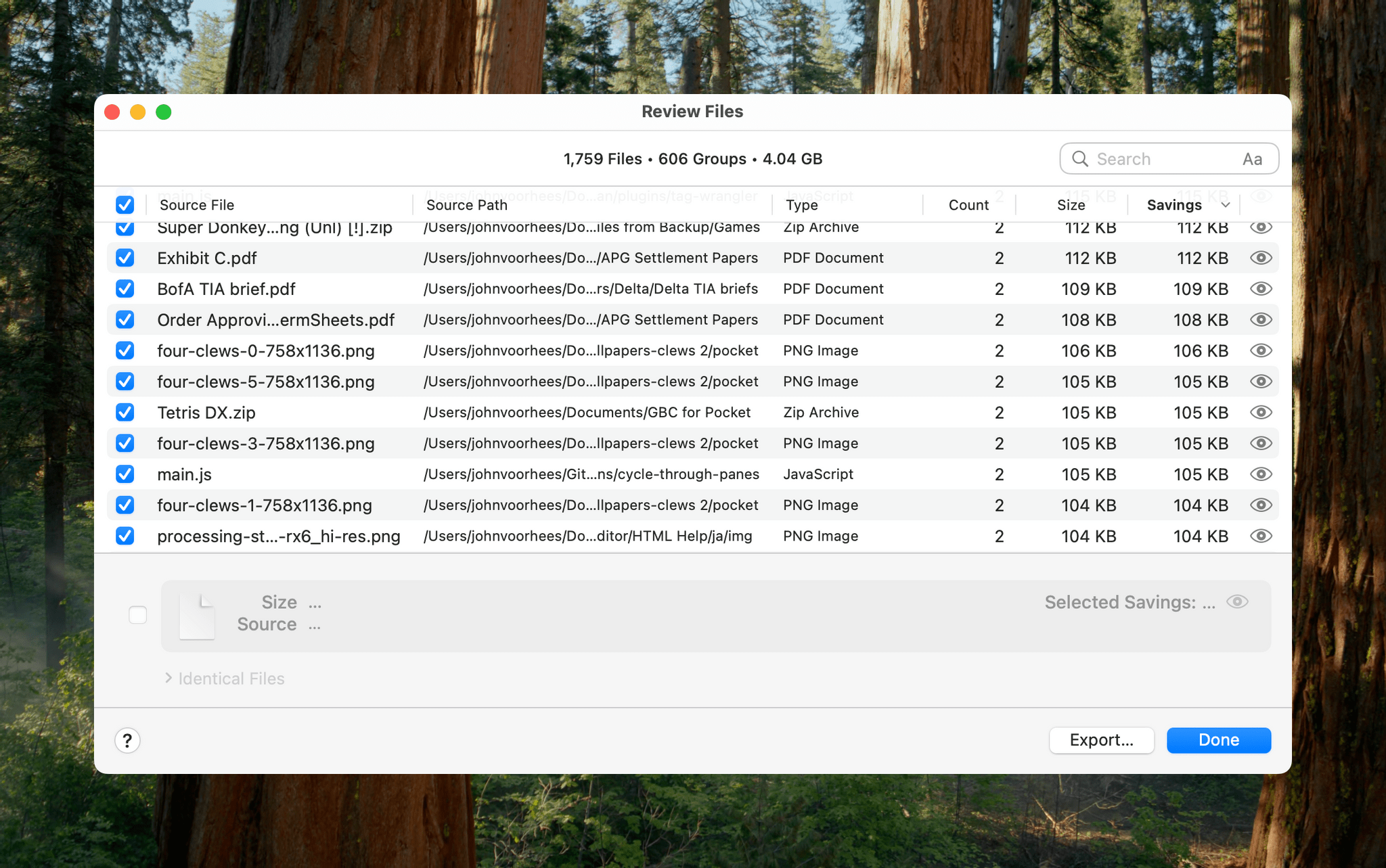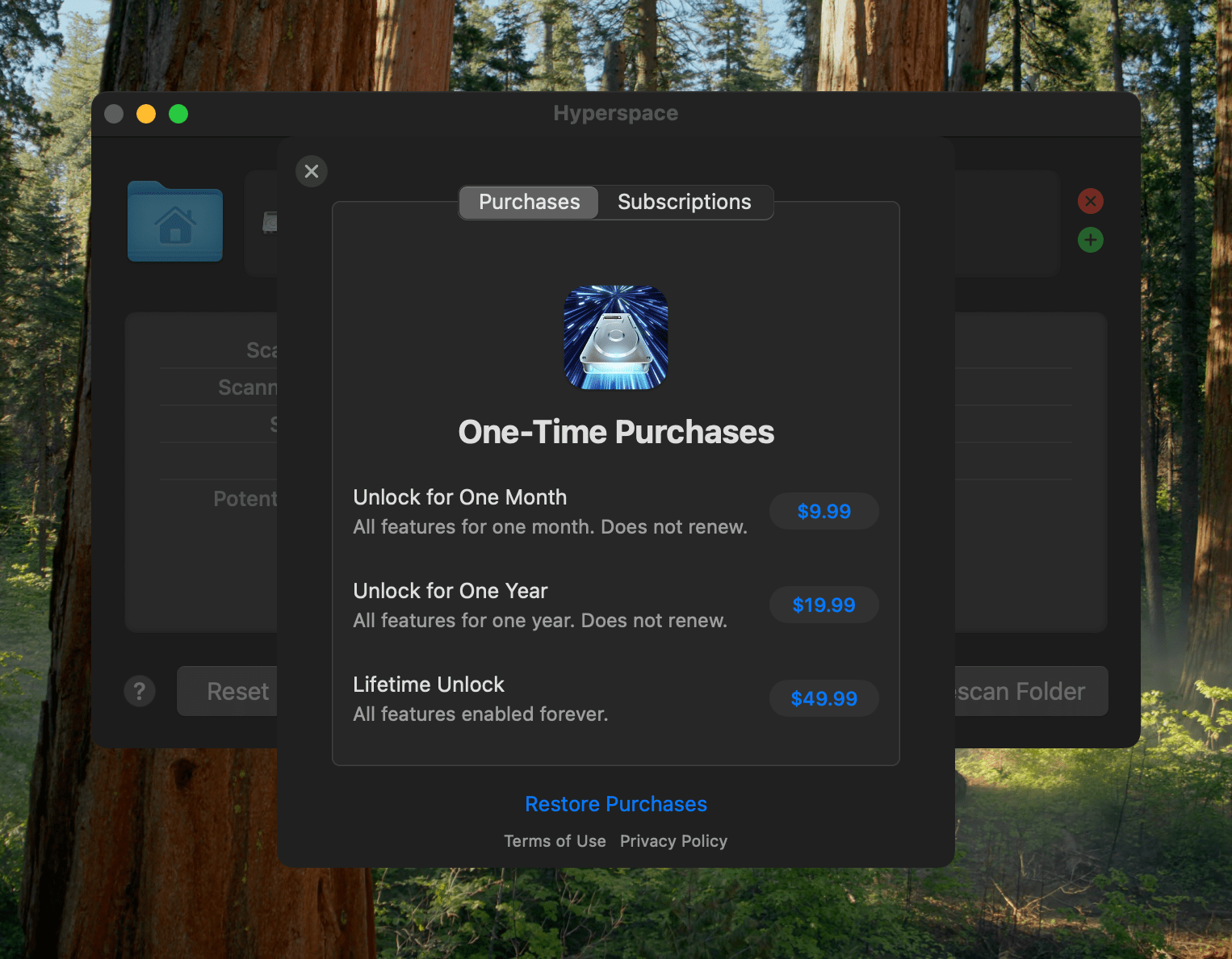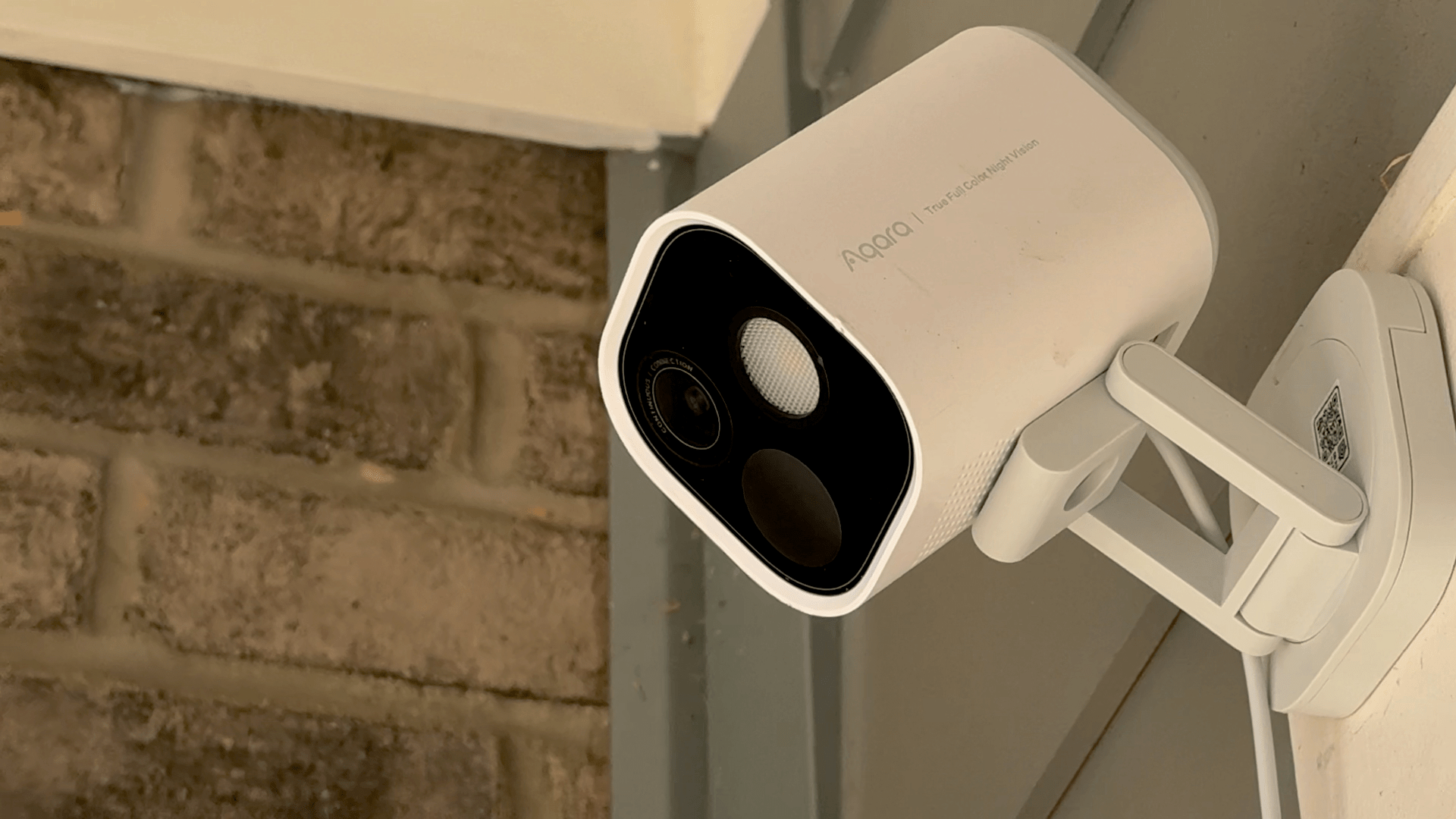Yesterday, the Financial Times reported that Apple has filed a complaint against the UK government seeking to overturn a secret order demanding that it create “back door” access to iCloud. Apple has not commented on whether it received an order because doing so would violate UK law. Instead, the company announced that it would remove Advanced Data Protection, the feature that enables end-to-end iCloud encryption, from the devices of UK customers. However, that move did not end the dispute because the UK order reportedly applies not just to the iCloud accounts of UK citizens but also anyone outside the UK that British security services have a judicial warrant to investigate.
The Financial Times’ sources say that Apple has appealed the British government’s order to the Investigatory Power Tribunal, a judicial body that handles disputes with UK security services. If accurate, the challenge is believed to be the first of its kind. The Financial Times further reports that a hearing on Apple’s challenge to the order may take place as early as this month, although it is unclear to what degree the hearing will be made public.


